The best and worst Ford Explorer years are influentials considerations when purchasing a vehicle. The Ford Explorer has been a staple in the SUV market for over three decades, with each year bringing new features and updates to entice consumers. Not all years are created equal when it comes to this iconic vehicle.
Understanding the strengths and weaknesses of different Explorer model years can help you make an informed decision when choosing your next vehicle whether you’re a die-hard Ford enthusiast or simply in the market for a reliable SUV.
Ford Explorer Generations
The Ford Explorer has six generations with design, technology, and safety enhancements. Changes from 1995 are discussed below:
| Generation | Years |
|---|---|
| 2nd generation (UN105/150) | 1995-2001 |
| 3rd generation (UN152) | 2002-2005 |
| 4th generation (U251) | 2006-2010 |
| 5th generation (U502) | 2011-2019 |
| 6th generation (U625) | 2020-Present |
Ford Explorer Best, Neutral and Worst Years
These factors are kept in mind when we differ between the different years of the Ford Explorer:
- Owner-reported reliability (surveys)
- Annual maintenance costs
- Safety rating
- Consumer Reports reliability score
- Consumer Reports owner satisfaction score
- NHTSA recalls, investigations, and complaints
- Edmunds owner ratings
- JD Power owner ratings
- Kelley’s Blue Book (KBB) owner ratings
- VehicleHistory owner ratings
- Cars.com owner ratings
The ratings from the source are shown below in this graph:
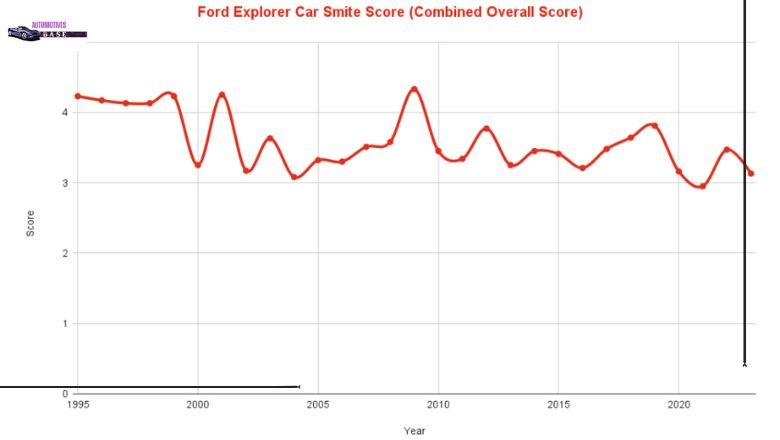
The different years and different generations of Ford Explorer are classified in this table:
| Generation | Best Years | Neutral Years | Worst Years |
|---|---|---|---|
| 2nd generation (UN105/150) | 2001 | 1995 | 1996 1997 1998 1999 2000 |
| 3rd generation (UN152) | 2005 | 2003 | 2002 2004 |
| 4th generation (U251) | 2009 | 2007 2008 2010 | 2006 |
| 5th generation (U502) | 2012 2018 2019 | 2014 2015 2017 | 2011 2013 2016 |
| 6th generation (U625) | 2022 | 2023 | 2020 2021 |
Best And Worst Years For Ford Explorer : 2nd Generation (1995-2001)
The 2nd Generation of the Ford Explorer, introduced in the late 1990s, represented a pivotal period for Ford with significant improvements and advancements. This generation saw upgrades in terms of performance, comfort, and technology, making it a popular choice among consumers looking for a versatile SUV.
The Best Years: 2001
The introduction of the Ford Explorer Sport Trac in 2001 marked a significant addition to Ford’s lineup, offering a mid-size crew-cab pickup truck based on the popular Explorer model. This new vehicle brought diversity and versatility to Ford’s offerings, appealing to consumers looking for a combination of SUV comfort and pickup truck utility.
The 2001 Explorer Sport Trac garnered positive feedback from drivers and reviewers alike with improved safety features and engine enhancements compared to previous models. The 2001 model year also benefited from Ford’s continued commitment to refining their vehicles based on customer feedback and real-world performance data.

The Neutral Years: 1995
The 1995 model year marked a significant milestone with the introduction of the 2nd generation, bringing in new design elements and technological upgrades. The updated features aimed to enhance the overall driving experience and modernize the vehicle for consumers.
This model year also faced challenges, particularly in terms of tire and transmission problems that affected some vehicles.
Worst Year For Ford Explorer: 1996, 1997, 1998, 1999, 2000
The safety issues surrounding the Ford Explorer models from the late 1990s and early 2000s were concerning. The high incidence of tire failures on Explorers fitted with certain Firestone tires in May 2000 resulted in tragic consequences, leading to a major recall by Ford.
The transmission problems associated with the 5R55 series transmissions and recurring suspension issues added to the vehicle’s reliability concerns during those years. Ford’s response to these issues included significant recalls, such as replacing millions of Firestone tires and addressing problems with speed control switches in the Explorer models.
These actions were crucial in ensuring the safety and well-being of consumers who had purchased these vehicles. Automakers need to prioritize quality control and rigorous testing to prevent such widespread safety issues from occurring in the future.
Ford Explorer Best And Worst Years: 3rd Generation (2002-2005)
The 3rd Generation Ford Explorer, introduced in 2002, marked a significant leap forward in design and technology for the popular SUV model. This generation brought about several enhancements that appealed to consumers with a focus on addressing previous issues and improving performance.
The Best Years: 2005
The 2005 model year marked a significant improvement in the overall performance and reliability of the vehicle within the 3rd generation. This year stood out for its technological advancements and user-friendly features with enhancements in the drivetrain, safety features, and infotainment system. The reduced number of NHTSA recalls and complaints solidified its reputation as a top pick among consumers.
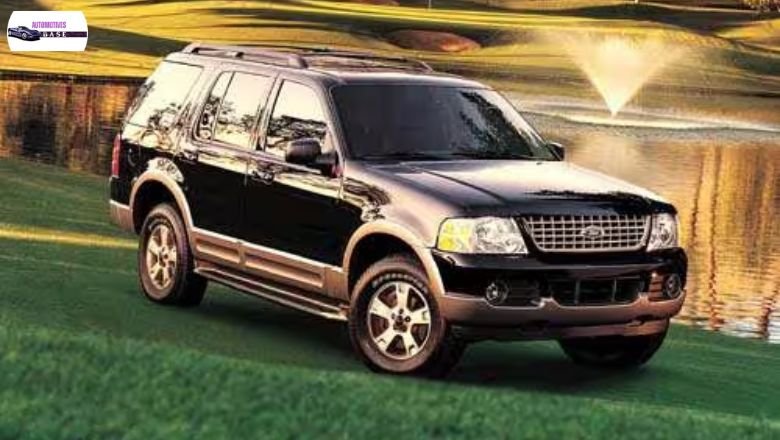
The Neutral Years: 2003
The 2003 model year seems to strike a balance between its predecessors, with a comparable number of reported NHTSA complaints as the 2002 and 2004 models. It stands out with relatively higher ratings, suggesting an overall improvement in safety and technology.
Some issues from previous years persist, indicating that certain repetitive problems may have carried over.
The Worst Years: 2002, 2004
The Ford Explorer models from the early 2000s, particularly the 2002 and 2004 model years, faced a range of reported issues that impacted their performance and safety. The powertrain problems in the 2002 model, along with structural and suspension issues, raised concerns among owners about the reliability of these vehicles.
The recall related to the speed control deactivation switch highlighted potential fire hazards, affecting a large number of Ford Explorers from various model years. In the case of the 2004 model year, transmission problems were a significant issue for many owners, with reports indicating issues with the 5R55 series transmission known for premature failures.
This ongoing problem with transmissions added to concerns about the overall quality of these vehicles, including complaints about structural integrity and interior materials.
Best & Worst Ford Explorer Years: 4th Generation (2006-2010)
The fourth generation of the Ford Explorer, which was produced from 2006 to 2010, indeed marked a significant shift in the vehicle’s evolution. This iteration focused on enhancing structural integrity, safety features, and interior quality, catering to the changing demands of consumers.
The generation faced notable challenges due to specific transmission issues that affected some models.
The Best Years: 2009
The 2009 model year truly stands out as a remarkable achievement in the fourth-generation lineup, boasting significant advancements in technology, engine performance, and safety features. Its refined design and upgraded features not only enhanced its aesthetic appeal but also contributed to better handling and comfort for drivers and passengers alike.
This model year represented a pinnacle of innovation and reliability, making it a standout choice for consumers seeking a well-rounded vehicle option.Its impressive track record of experiencing the fewest number of NHTSA recalls and complaints within its generation is one of the notable aspects that sets the 2009 model apart.
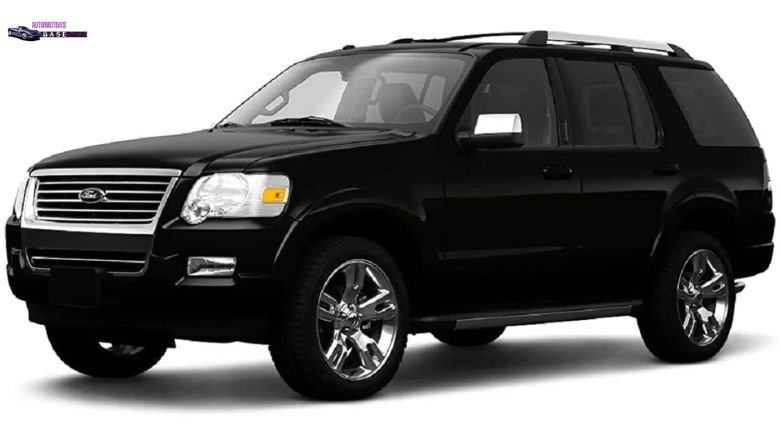
The Neutral Years: 2007, 2008, 2010
The 2007, 2008, and 2010 model years of the 4th generation vehicles represent a stable period with incremental improvements rather than revolutionary changes. These years saw a focus on refining existing features rather than introducing groundbreaking innovations.
The emphasis was on enhancing safety features and incorporating modest technological advancements to keep up with industry standards. They were known for their reliability and consistent performance while these model years may not have stood out for their innovation.
The Worst Years: 2006
The 2006 model year for certain vehicles indeed had a reputation for transmission and engine issues, particularly with the 4.0 L SOHC V6 engine. Owners reported unexpected transmission failures and problems with the plastic OEM timing chain guides, cassettes, and tensioners breaking, causing a timing chain rattle.
The 5R55 series transmissions were also known to have premature failures in this model year, adding to the reliability concerns. The plastic components of the 4.0 L SOHC V6 engine were prone to breakage, leading to safety concerns due to what is known as the death rattle.
These issues highlighted the importance of regular maintenance and potentially upgrading certain components to prevent catastrophic failures.
Ford Explorer Ratings By Year: 5th Generation (2011-2019)
The fifth generation Ford Explorer marked a significant evolution for the iconic SUV model. Ford was able to improve fuel efficiency and enhance driving dynamics by transitioning to a unibody design, making the Explorer more competitive in the market.
The incorporation of advanced technology features such as infotainment systems and driver-assist technologies further solidified its appeal to modern consumers seeking convenience and safety.
The Best Years: 2012, 2018, 2019
The evolution of the Ford Explorer throughout the fifth generation showcased Ford’s dedication to continuous improvement and innovation. The 2012 model saw significant enhancements in performance and onboard technology, with the introduction of the EcoBoost engine and SYNC infotainment system setting new standards for fuel efficiency and connectivity.
Building on this success, the 2018 Explorer further raised the bar with upgraded safety features like lane-keeping assist and adaptive cruise control, reinforcing its position as a leader in its class. Years of refinement had culminated in a technologically advanced and safety-focused vehicle by the time the 2019 model rolled out as the final iteration of the fifth generation.
The inclusion of Ford’s Co-Pilot360 driver-assist technologies as standard features highlighted Ford’s commitment to providing a secure and seamless driving experience.
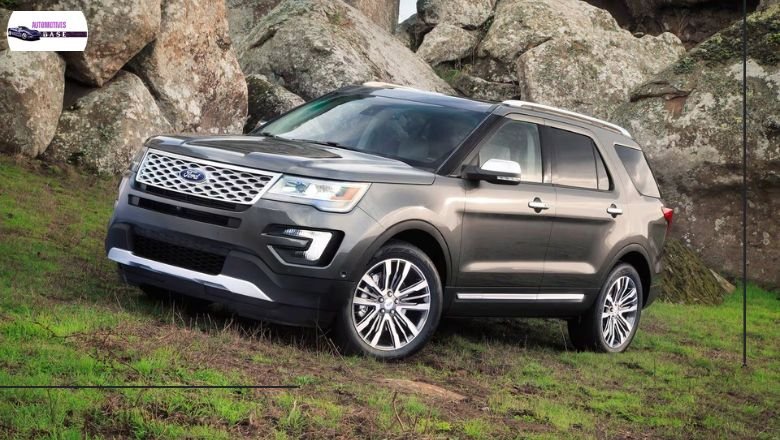
The Neutral Years: 2014, 2015, 2017
The 2014 model year of the Ford Explorer impressed many with its consistent performance and adherence to high-tech and safety standards. The following year, in 2015, the Explorer received a subtle facelift and introduced a sporty appearance package, enhancing its appeal. Some owners did report minor issues with the infotainment system, highlighting areas for potential improvement.
The focus shifted towards refining existing features rather than introducing major changes as Ford approached the end of the fifth generation in 2017. This approach aimed to fine-tune the Explorer’s capabilities and ensure that it continued to meet the evolving needs of drivers.
The Worst Years: 2011, 2013, 2016
The debut of the fifth generation in 2011 was marred by numerous initial problems with the Explorer. Power steering was reported as one major issue by owners, specifically instances where the power steering assist would malfunction. Power steering problems persisted.
Despite some improvements in the 2013 model compared to its predecessor. This ongoing issue raised concerns regarding the safety and reliability of the vehicle. Even with advancements in the 2016 Explorer, certain issues remained unresolved. Owners also noted worries about an unusual sulfur-like odor coming from the exhaust system and entering the cabin.
On June 12, 2019, Ford issued a global recall affecting 1.2 million Explorers manufactured between 2011 and 2017 due to suspension concerns. The recall was prompted by potential fractures in the rear suspension’s toe link if the vehicle was frequently driven on rough terrain. This defect could impact steering capabilities and increase the risk of accidents on the road.
Best And Worst Ford Explorer Years: 6th Generation (2020-Present)
The sixth generation of the Ford Explorer, launched in 2020, marks a significant shift in design and technology for this iconic SUV. By reverting to rear-wheel drive architecture, Ford has enhanced the vehicle’s performance capabilities and driving dynamics. This change allows for better weight distribution and improved handling on various road conditions.
The Best Years: 2022
The 2022 Ford Explorer marks a significant evolution in the popular SUV’s lineage, incorporating valuable insights from past iterations. This model year showcases Ford’s commitment to innovation with a strong focus on safety and technology.
The expanded Ford Co-Pilot360 suite equips drivers with advanced assistance tools, while the introduction of new trim levels allows for greater personalization. The emphasis on fuel efficiency through EcoBoost and Hybrid engine choices demonstrates Ford’s dedication to sustainability and performance.
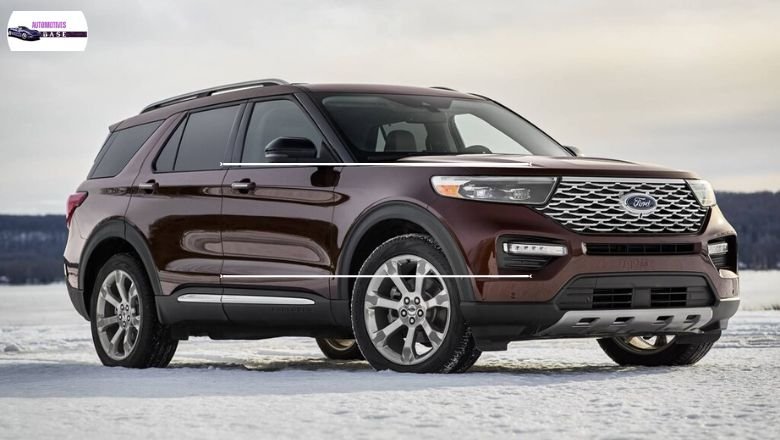
The Neutral Years: 2023
The 2023 model year seems to be building upon the successful features of previous years, maintaining a focus on safety and reliability. Ford’s advanced safety suite has been a standout feature, providing peace of mind for drivers and passengers alike.
The continued inclusion of reliable powertrain options suggests that the emphasis is on consistency and performance rather than drastic changes. The 2023 model year appears to be a solid choice for those seeking a dependable and technologically advanced vehicle.
The Worst Years: 2020, 2021
The 2020 Ford Explorer faced a tumultuous start to its sixth generation, marked by a high number of recalls and various reported issues. The rearview camera failure affecting a substantial number of vehicles was a significant concern, along with other problems like transmission issues and build quality complaints.
This challenging launch in 2020 set a cautionary tone for potential buyers, highlighting the need for thorough research and consideration before investing in this particular model year. Certain issues from the previous year lingered on in 2021.
The persistence of the rearview camera problem and unresolved transmission issues continued to be areas of concern for owners. Prospective buyers are advised to approach the 2021 Ford Explorer with vigilance and awareness of these ongoing challenges to make informed decisions about their purchase.
Ford Explorer Average Resale Values
The Average Resale Values are shown in this graph of different years of different models:
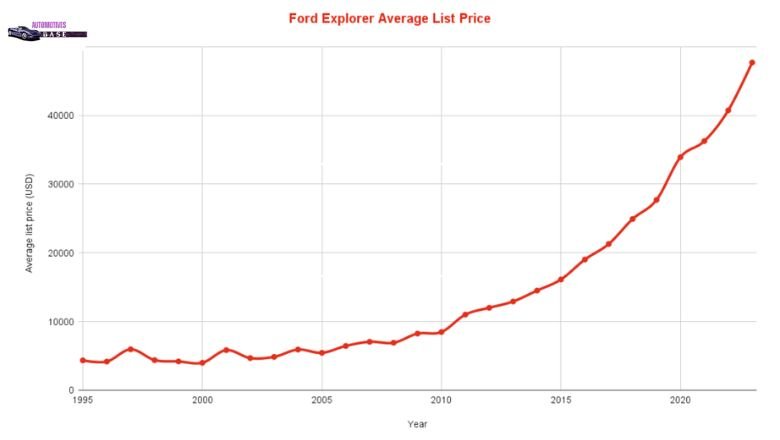
Conclusion
The best and Worst Ford Explorer Years can vary based on specific factors such as reliability, safety features, and performance. In conclusion, the Ford Explorer has had its fair share of standout and underwhelming years throughout its production history.
The best years, such as 2011 and 2020, have delivered performance, reliability, and safety features that have won over consumers. The worst years, like 2002 and 2013, have been plagued by mechanical issues and lackluster quality control. The Ford Fusion is also a standout in the midsize sedan market. It has a stylish design that appeals to many drivers.
Faqs
What Are Ford Explorer’s Best And Worst Years?
The best models are newer from 2016 with improved safety. The worst models are older, from 2002 to 2010, with transmission and engine issues. Research specific model years and maintenance history before purchasing.
What Are The Best Years For Ford Explorer?
The Ford Explorer’s best years are newer models from 2016 onwards, offering improved technology, safety, performance, fuel efficiency, and design. Older models like 2011-2015 are praised for reliability and durability, lacking some newer features but remaining dependable.
Which Ford Focus Engine Is Best?
The 1.0-liter EcoBoost is fuel-efficient for daily city driving. The 2.3-liter EcoBoost offers more power for enthusiasts. Consider driving habits and budget for the best fit.

